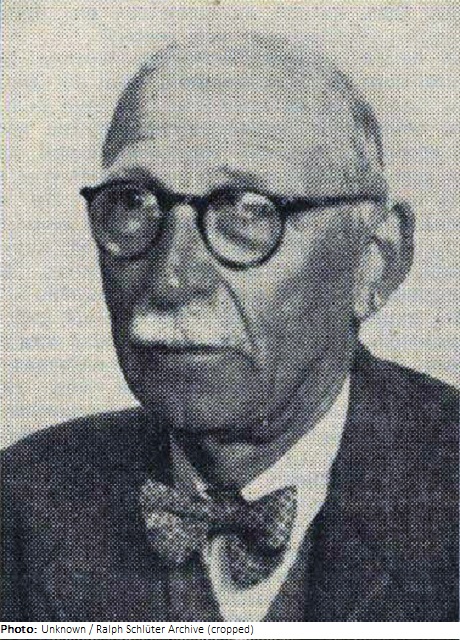Foeke Kuipers

Biographical information
| Roles | Competed in Olympic Games |
|---|---|
| Sex | Male |
| Full name | E. Foeke•Kuipers |
| Used name | Foeke•Kuipers |
| Born | 30 August 1871 in 't Meer, Schoterland, Friesland (NED) |
| Died | 17 December 1954 in Huizen, Noord-Holland (NED) |
| NOC |  Netherlands Netherlands |
Biography
The older brothers of Dutch architect Foeke Kuipers, Tjeerd (1857-1942) and Roelof (1855-1922) were also architects. Foeke was educated at the Quellinus School in Amsterdam, and was awarded the silver medal, the highest award. One of his first works was of the warehouse The Netherlands Veem in Van Diemen in Amsterdam (1899), which he designed with his brother Roelof. Foeke built numerous villas, mostly in cottage style. His latest design in utility was the Eastern Pool at the Gerdesiaweg in Rotterdam (1932), which has been declared a national monument.
One of the last public buildings designed by Kuipers was the “Oostelijke Zwembad” in the district of Kralingen in Rotterdam in 1932 in the Art Deco style, after previously having built an indoor pool in Amsterdam. Of the two interconnected swimming pools, a 25 x 12 m deep and a 14 x 10.5 m shallow pool, the deeper one was already equipped with underwater lighting at the opening. The pool was partially destroyed during an air raid in World War II. However, part of it was preserved, the entrance was reconstructed in 1954. In 2014, the bath was reopened after a complete renovation and was declared a historic building.
Results
| Games | Discipline (Sport) / Event | NOC / Team | Pos | Medal | As | |
|---|---|---|---|---|---|---|
| 1936 Summer Olympics | Art Competitions |  NED NED |
Foeke Kuipers | |||
| Architecture, Further Entries, Open (Olympic) |